
The Siete Palabras was our main reason for visiting Angeles City in Central Luzon on a Good Friday, but of course there is more to observe on the city’s lenten rites. We got there before noon and actually liked the festive mood the crowd seems to have and the number of stalls and vendors around the area. That is until a parade of flagellants came marching through with with their blood soaked backs yet incessantly self-whipping, seemed numb from the self-inflicted pain. It’s actually a first for me to witness such practice up close and didn’t expect I would enter a melancholy world of self flagellation.

Angeles flagellants bind their legs and arms with thick ropes to restrict their movements, put a mask on their faces, most with the image of the suffering Christ, initially cut a few wounds at their backs with a blade to get the bleeding started and once they start whipping the blood would be forced to spill out from the bamboo rods on their whips. Another is carrying a heavy cross like Christ did, tied up or not.

These flagellants would walk a route to a Church, where a Pasyon or Pabasa is being held (a marathon reading of the Passion of Christ story which started Holy Monday), go down on their knees to pray and repent, then go down face flat on the floor blood stained ground for more assisted flagellation from people.
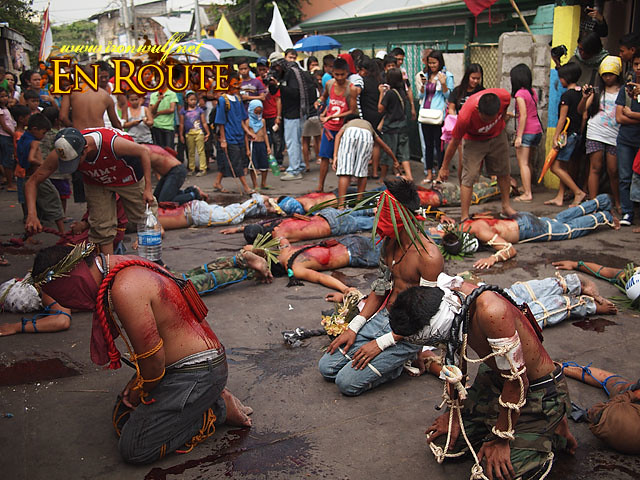
It was a really somber scenery. Honestly, before going here, I asked myself if I could stomach seeing all these blood churning out from these flagellants. But I looked at myself with my clothes with a few spatter of blood. Then I look around where the streets walls, and vehicles have been painted with a splash of crimson from these flagellants blood. And the thick smell of blood hovering in the air like the interiors of a slaughterhouse. Why are they doing this?
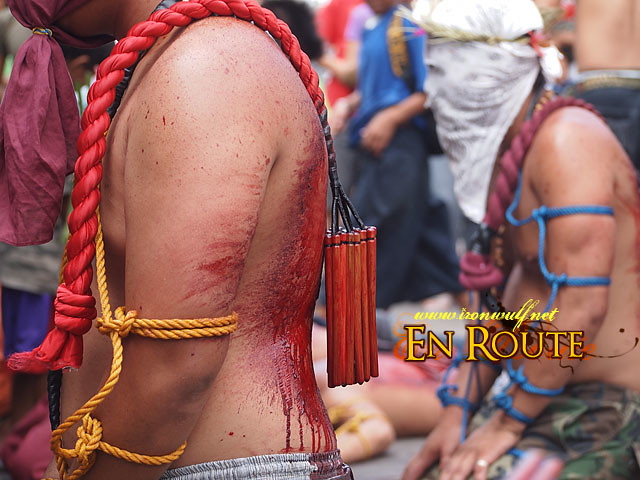
Personally I don’t think they need to go through all this pain to receive forgiveness from God, request or vow . Even the Catholic Church has already condemned this practice. But what’s keeping this tradition alive? Do this people have that psychological gratification after this sadomasochistic practice? What comes after? I’m sure more than a week of physical pain is there. Seeing their eyes from the holes in their mask and hearing their deep breaths, I pity them and just wish whatever they ask for in their prayers would find realization.
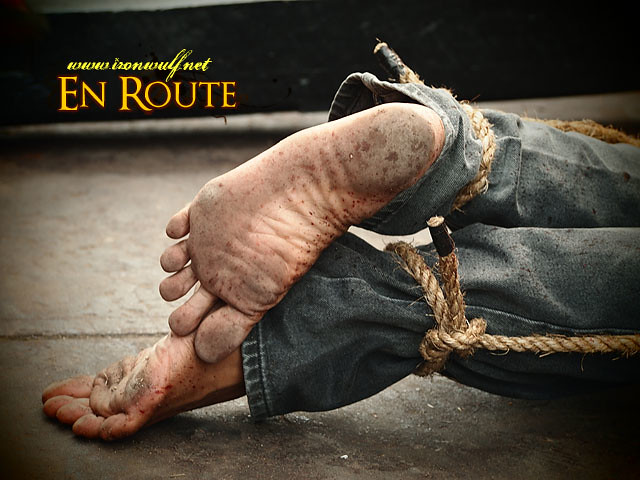
There was a point I couldn’t stand to see any more blood and decided to pullout. Go around for a while to refresh and breath in some good air. It was good to witness this ritual of faith no matter how gory it may be.
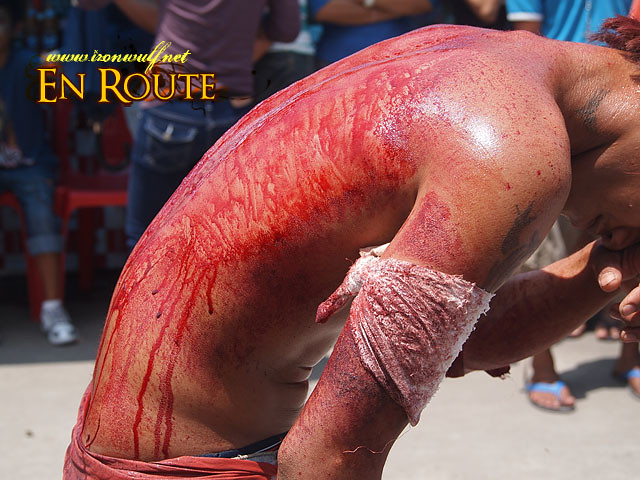
The afternoon ended though with a solemn note from a procession of Carozzas coming from the historic and beautiful Holy Rosary Church. There were more than 10 carozzas there and one which dates back to 1834. Pretty old yet the carved details on it is impressive.
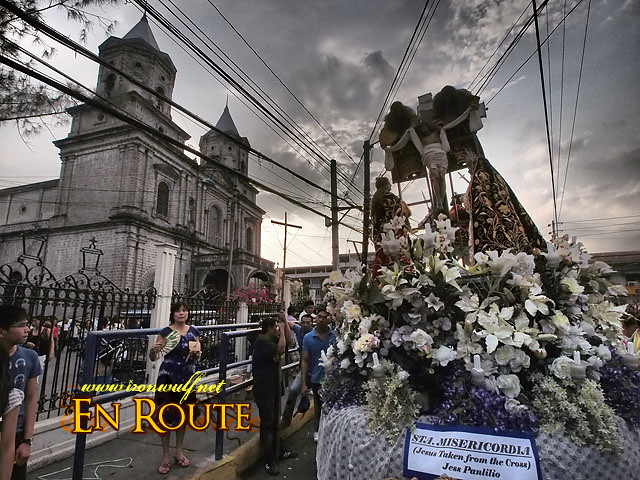
A good number of people joined the procession bringing along their candles and prayers. Devout and sincere, they followed the path of these carozzas on the streets. It was an uplifting sight especially when those candles were lit. I’m not Catholic so I have this ignorant disconnection with the practice but there’s this worldly understanding that transcends religion and beliefs upon seeing these people putting all their hearts on what they believe in.

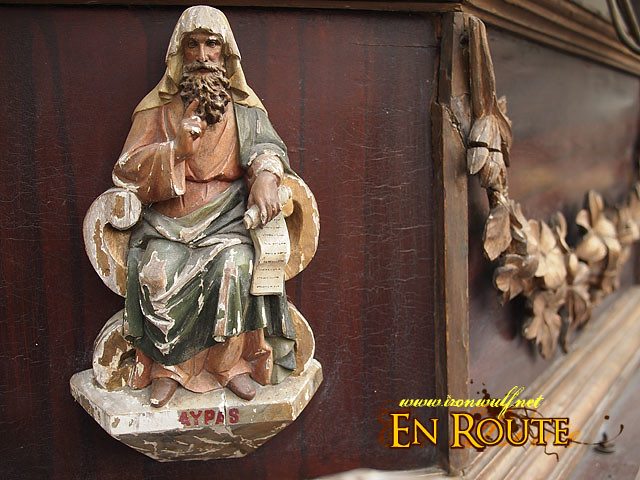

Ferdz Decena is an award-winning travel photographer, writer and blogger. His works has found print in publications such as Singapore Airlines’s Silver Kris, Philippine Airlines’ Mabuhay, Cebu Pacific’s Smile and Seair InFlight. He has also lent his expertise to various organizations like the Oceana Philippines, Lopez Group Foundation, Save the Children and World Vision, contributing quality images for their marketing materials.